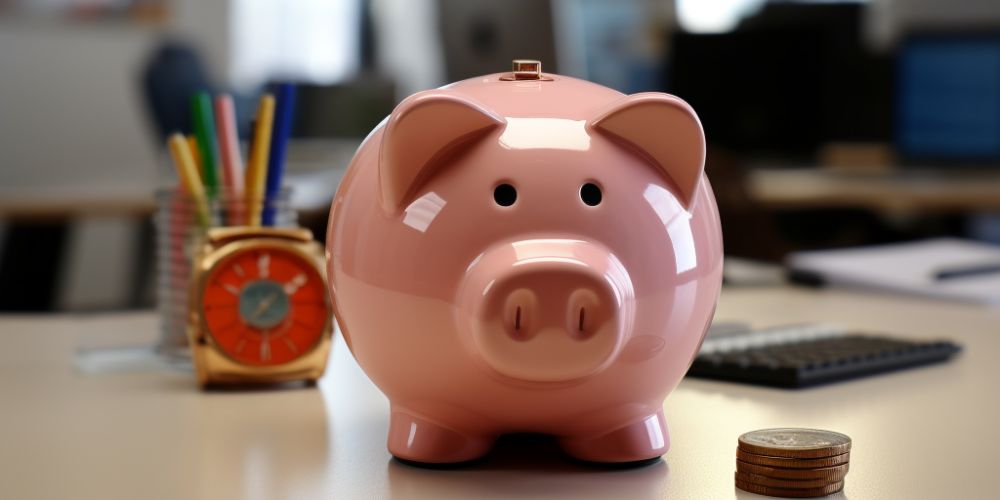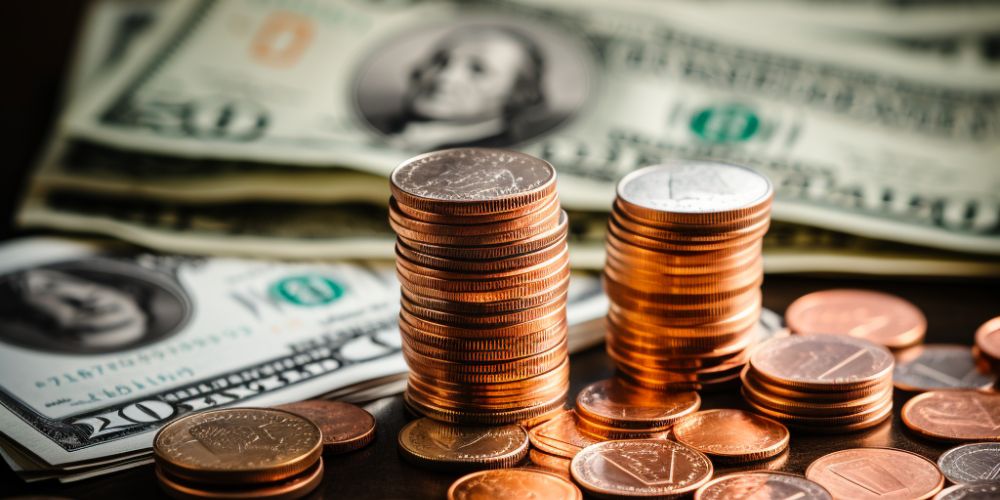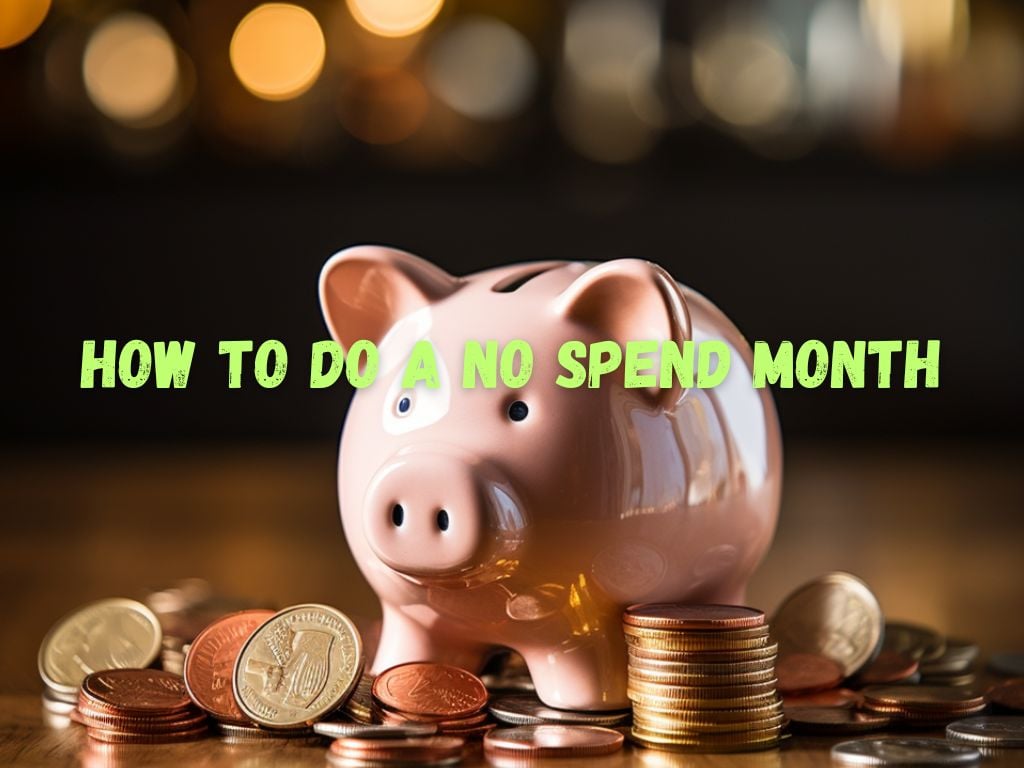Welcome to the ultimate guide on how to successfully implement and do a no spend month to achieve your financial goals.
In this comprehensive article, we will explore step-by-step strategies, tips, and tricks to help you save money, improve your financial well-being, and develop healthy spending habits.
How to Do a No Spend Month in 5 Easy Steps
Step 1: Assess Your Finances
Before embarking on a no-spend month, it’s crucial to assess your current financial situation and identify areas where you can cut back on expenses.
By doing so, you can set a realistic budget and ensure a successful journey.
Evaluate your spending habits:
- Track your expenses: Utilize budgeting apps or financial tools to gain a clear understanding of your typical spending patterns.
- Categorize expenses: Classify expenses into fixed (rent, utilities) and variable (entertainment, dining out) to identify areas for potential savings.
Identify areas to cut back:
- Review discretionary spending: Identify non-essential expenses and prioritize which ones you can temporarily eliminate.
- Analyze recurring subscriptions: Cancel unnecessary subscriptions or negotiate better rates for services you truly need.
Set a realistic budget:
- Determine your financial goals: Decide how much you want to save and what you aim to achieve during your no spend month.
- Allocate funds: Distribute your income to cover essential expenses and allocate savings towards your goals.

Step 2: Plan Your Meals
One of the most significant ways to save money during a no spend month is by strategically planning your meals and minimizing dine-outs. By doing so, not only will you see significant financial savings, but you’ll also develop healthy eating habits.
Create a meal plan:
- Plan weekly menus: Map out meals for the entire week, considering ingredients you already have at home.
- Incorporate affordable recipes: Opt for budget-friendly meals using ingredients that are on sale or in-season.
Strategic grocery shopping:
- Make a shopping list: Identify the necessary items for your planned meals, avoiding unnecessary purchases.
- Utilize coupons and discounts: Look for coupons or sales on essential items to maximize savings.
Minimize eating out:
- Pack lunches: Prepare home-cooked meals and bring them to work or school to avoid expensive takeout options.
- Choose budget-friendly restaurants: If you need to dine out, opt for affordable establishments or explore lunch specials.
Step 3: Find Free Entertainment
A common misconception of a no spend month is that it means a boring month.
However, there are plenty of free or low-cost entertainment options available that can keep you engaged without breaking the bank.
Explore local parks and nature:
- Take advantage of outdoor activities: Enjoy a hike, have a picnic, or go on a bike ride in your local park.
- Participate in community events: Attend free concerts, festivals, or workshops organized by your community.
Utilize library resources:
- Borrow books and movies: Take advantage of your local library’s collection and save money on entertainment.
- Attend library programs: Join book clubs, language classes, or workshops offered by your library.
Engage in creative hobbies:
- DIY projects: Explore your creative side with DIY crafts, painting, or repurposing items you already own.
- Learn free online skills: Utilize online platforms offering free courses on a variety of subjects like coding, cooking, or photography.

Step 4: Avoid Unnecessary Purchases
During a no spend month, resisting temptation and avoiding unnecessary purchases is key to success.
By implementing strategies to curb impulse buying, you’ll further strengthen your financial discipline.
Identify impulse buying triggers:
- Make a wish list: Write down items you want to purchase and then reevaluate if they are truly necessary after your no spend month.
- Practice mindfulness: Reflect on your emotional state when faced with the urge to buy and redirect your attention to your goals.
Find alternative ways to fulfill your needs:
- Apply the 30-day rule: Delay non-urgent purchases for at least 30 days, to ensure they are not impulse purchases.
- Borrow or swap items: Utilize a sharing economy or swap platforms to access items temporarily without spending money.
Practice gratitude and contentment:
- Appreciate what you have: Develop a mindset of gratitude by acknowledging the value of what you already own.
- Shift focus towards experiences: Instead of buying material possessions, invest in experiences that bring you joy and memories.
Step 5: Stay Accountable
Maintaining motivation and accountability is crucial throughout your no spend month.
By implementing various strategies, you can track progress, stay on course, and celebrate your achievements.
Find an accountability partner:
- Share your goals: Discuss your intentions and progress with a friend, family member, or colleague to stay motivated.
- Encourage each other: Provide support and motivation to your accountability partner, helping them stay committed as well.
Utilize budgeting apps and tools:
- Track your expenses: Use budgeting apps to monitor your spending and identify any areas where you need to adjust.
- Set financial goals: Use apps to set milestones, visualize progress, and motivate yourself to stay on track.
Celebrate milestones and achievements:
- Set mini-rewards: Establish small rewards for specific milestones achieved during your no spend month.
- Reflect on progress: Regularly evaluate your journey, acknowledging the positive changes and financial improvements you’ve made.

Frequently Asked Questions
Q1. Can I spend on essential items during a no spend month?
A1. Yes, necessary expenses such as rent, utilities, groceries, and medical bills are exceptions during a no spend month.
A2. Opt for thoughtful and budget-friendly gifts, suggest alternative celebrations like a picnic or homemade dinner, or simply communicate your financial goals to friends and family.
Q3. How will a no spend month benefit me in the long run?
A3. A no spend month will help you save money, develop healthier spending habits, improve your financial discipline, and ultimately achieve your long-term financial goals.
Conclusion
Embarking on a no spend month requires careful planning, perseverance, and a commitment to your financial well-being.
By assessing your finances, strategic meal planning, finding free entertainment options, avoiding unnecessary purchases, and staying accountable, you can successfully implement a no spend month and develop long-lasting habits that will benefit your financial future.
Embrace the challenge and witness the positive impact it can have on your life.


 Tags:
Tags:










